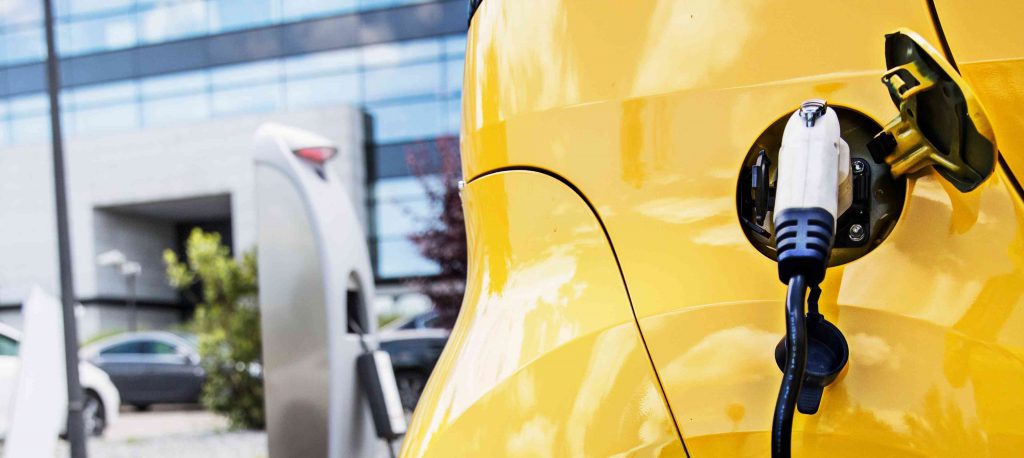If you want to minimise costs and increase dependability, it’s worth exploring the benefits of centralised international fleet management. You’ll have a single global partner with experience in each country you operate in, so they can provide local detail and the big picture, as well as integrated support for administration.
The challenge is that the centralisation project itself can be dauntingly complex. But we can help. We’ve identified the five major factors that make for a successful international fleet centralisation process. Here they are:
1) Set clear, strategic objectives
Often, the ultimate objective behind any strategic business change is to maximise profit and, especially following a merger or acquisition, to optimise and standardise processes and policies. To help set clear, strategic objectives first review the ‘as-is’ situation, as this will help you make decisions based on concrete targets in support of your organisation’s overall strategic objectives.
2) Build a solid business case
Ensure you create specific objectives to create the right level of buy-in. Identify what cost savings can be achieved and when, what the impact on the business will be or what the reduction in emissions will be.
Don’t underestimate the amount of time involved in this process, which can take up to six months depending on the level of centralisation required and the number of countries involved.
3) Project management
The implementation of an international fleet programme needs to be carefully managed, so it is essential to have the right person in place.
The international project lead needs to have relevant knowledge; which will include general management, project management as well as time management skills; an understanding of fleet management and the vehicle lease industry; as well as personal skills, a can-do attitude and the ability to influence and motivate others with a clear focus on results.
4) Communication
Communication is an essential tool in the international fleet centralisation tool-kit.
In our experience, 90% of the project lead’s time should be spent on communication. Company cars are an emotive issue – and its essential for the project manager to be aware of the political and cultural framework involved and to understand key market differences to ensure buy-in from all stakeholders.
5) A step-by-step approach
If you are moving from a decentralised model to a centralised model, it’s best to tackle the elements that are easiest to centralise. Some ‘quick wins’ for standardisation, harmonisation and cost savings include: outsourcing operational lease under a sole or dual-supply model, ‘bundling’ services such as insurance, accident management and fuel cards, restricting vehicle choice or centrally agreeing contract terms and mileages.
Next steps
Getting these five factors right can mean a successful implementation of fleet centralisation, with all the benefits this brings. If you’re interested in the idea, we can help your teams every step of the way. We have over 50 years’ experience in international fleet management and the resources that come with being one of the world’s leading leasing companies.
Our uniquely joined-up approach across countries ensures consistency of service, while allowing regional flexibility for the fleet requirements of your local operations – ensuring that global needs can be met at a local level.



